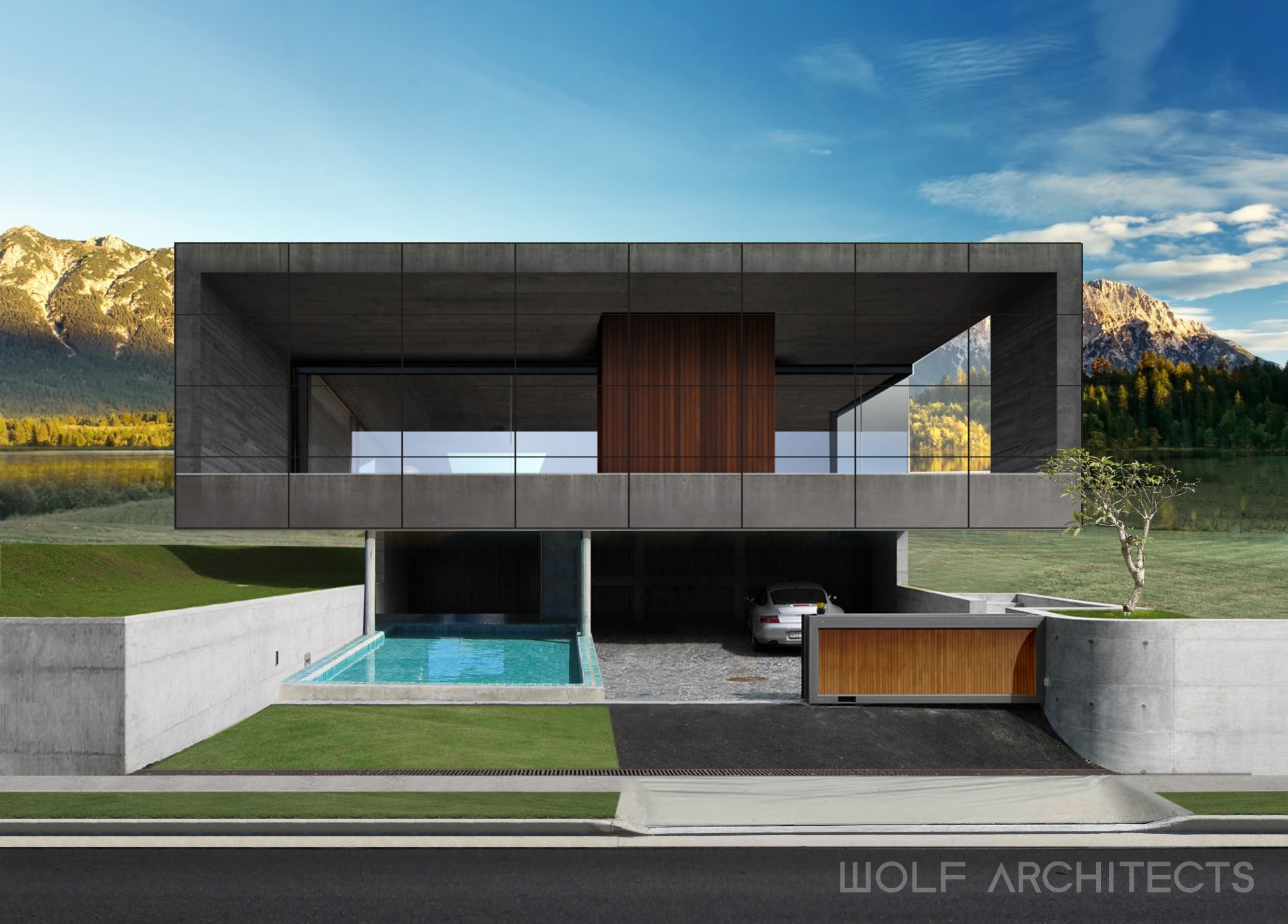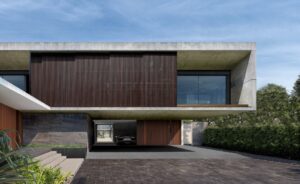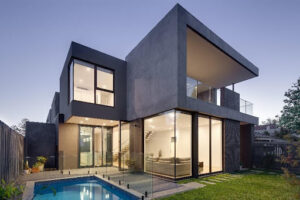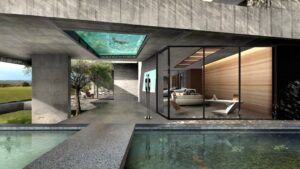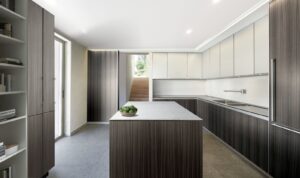We already have robots that vacuum and mop our homes, and “Grillbots” that clean the barbecue, but I have no doubt if we are to peer even just a decade into the future, that virtual technology will be the biggest discernible driver of building and architecture, says Taras Wolf, from Wolf Architects in Melbourne.
“Architects will increasingly be thinking in terms of “wall space” rather than windows, because with a touch screen LED and integrated software design you can make the wall space any window or “scene” that you want.
In other words, create a light source that was never there in the first place!”
Similarly, floors and ceilings could be made to look like stone, he says.
Wolf says already we have seen these types of developments in China and Japan with the use of huge LCD billboards creating 3D illusions.
And in South Korea, a wave breaks every hour in what is believed to be the world’s largest anamorphic illusion.
This serves as a breathtaking image for a Seoul district building which boasts a gargantuan 262ft screen, created by innovative spatial design company D’strict.
Interiors in domestic design are similarly already using virtual elements, and we see a lot of design work such as the kitchen image below, which is an interior kitchen in a luxury mansion in 3D rendering.
“For the exterior, possibilities are also endless. The building itself can be made to look like a classical building, a modern building or any type of building that takes the architect/designer’s fancy, perhaps with screens changing with the weather conditions,” says Taras.
“Outside of virtual reality (a totally new and independent environment of the real world), engineers, architects and builders will also use augmented reality in their work, which includes virtual elements that “interact” with what already exists.
“A good example of this might be combining the real-life construction site with virtual elements that can reduce mistakes, time and resources.”
He says augmented reality has already made its debut in orthopaedic surgery where the natural environment is overlaid by real time digital data to help doctors better navigate their surgical environment.
“AR could similarly reduce some of architecture’s biggest pain points, including poor lighting, small spaces, poor control of temperature and help homeowners detect energy use in the home which can result in big savings on electricity.”

